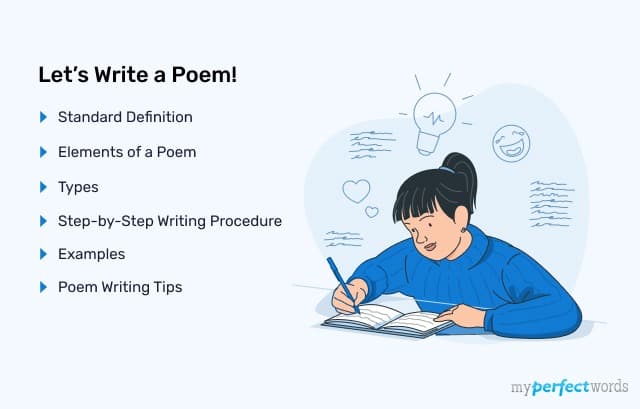Writing a research paper involves more than just the main text. Sometimes, you've got extra valuable details that support your work.
This is where appendices come in, providing a neat solution to include relevant information without cluttering your main argument.
However, adding them to the research might overwhelm your readers if stuffed into the main text of the paper.
In this guide, we will cover everything you need to know about what to include in the appendix and what to avoid.
So, let’s dive right in!
On This Page![]()
- 1. What is Appendix Writing?
- 2. How to Write an Appendix
- 3. How to Format an Appendix
- 4. Appendix Writing Examples
- 5. Common Mistakes to Avoid in Appendix Writing
What is Appendix Writing?
An appendix is an optional section at the end of a research paper. It includes additional or supplementary material that supports the main content but doesn’t take away from the main argument.
Purpose of Appendix
Here is why appendices are important for research papers or journals:
- Additional Information: The appendix lets you include extra stuff like charts, graphs, surveys, or lengthy data that supports what you're saying in your paper.
- Maintaining Focus: Instead of cluttering the main text with detailed or lengthy content, the appendix keeps the main body concise and focused while providing interested readers with more in-depth material.
- Supporting Evidence: In academic or research papers, appendices can back up claims, show detailed methodologies, or provide extra evidence without interrupting the flow of the main text.
- Enhancing Readability: They help keep the main content smooth and easy to read by storing less critical but still relevant info separately.
How to Write an Appendix
Adding an appendix to your academic or research paper can significantly enhance the depth and credibility of your work.
Here is what you should consider while writing an appendix:
Including Relevant Information
Here is what is typically included in an appendix:
- Raw Data: Tables, charts, graphs, or raw statistical data to provide essential support to your findings or arguments.
- Detailed Descriptions: Elaborate explanations, lengthy details, or expanded descriptions that might disrupt the flow of the main text but are relevant to the discussion.
- Supporting Documents: Additional documents such as interview transcripts, surveys, questionnaires, or images that enhance the reader's understanding but aren't directly tied to the main body.
- Technical Information: Detailed methodologies, calculations, or complex algorithms used in the research but not necessary for the primary narrative.
- Extra References: Additional references, bibliography, or citations that supplement but are not integral to the text.
Structuring for Clarity
Efficiently organizing appendices in academic work is crucial for the understanding of readers.
Here is how you can improve the structure of your appendix:
- Logical Organization: Group related content together within appendices, like placing similar datasets in sequence, ensuring a logical flow.
- Separation and Labeling: Use separate pages for different content types (e.g., "Appendix A," "Appendix B") and number them for clarity ("Appendix 1," "Appendix 2").
- Consider a Table of Contents: If multiple appendices are present, a table of contents at the start can assist readers in navigating them.
Connecting with the Main Text
To make sense of your academic paper, the appendix added needs to be relevant for the paper to make sense.
Let’s take a look at how you can maintain consistency in your appendix:
- Relevance and Alignment: Ensure each appendix directly relates to and supports the main content without disrupting its flow.
- Clear References: Incorporate in-text citations or references guiding readers to relevant appendices for additional insights or information.
Citation Style Guidelines
Maintaining citation consistency isn't limited to the main text. Let's take a look at how you can be consistent with citations in the appendices section:
- Formatting Consistency: Follow the formatting regulations set by the chosen citation style of your research throughout the appendices.
- Standardized Labeling: Maintain consistency in citing sources, labeling tables or figures, and formatting references within the appendices for a polished presentation.
Including Tables and Images
Using pictures or tables can be a helpful addition to your paper. Here is what you should consider when adding tables and images in your appendices:
- Include Useful Material: Include tables, figures, or visuals in the appendices that bolster research findings without interrupting the main text's flow.
- Comprehension Enhancement: Ensure these visuals provide context and add value to the reader's understanding of the research presented in the main text.
How to Format an Appendix
Appendix formatting requirements may be different based on your institution's guidelines or the citation style used in your paper.
Let’s take a look at appendix formatting requirements according to different citation styles:
American Psychological Association (APA)
In APA style, the appendix provides supplementary information that supports the main content. It is typically placed after the main text, references, tables, or figures.
Here is the standard structure for an APA Format:
- Title Page
- Abstract
- Main Text
- References
- Footnotes (if applicable)
- Tables
- Figures
- Appendix (placed after figures or tables)
Chicago Manual of Style
In the Chicago style, the appendix serves to offer additional information supporting the content without being essential for comprehension.
Let’s take a look at the standard structure for Chicago Style:
- Title Page
- Main Text
- Appendix (placed after the main text)
- Notes (if applicable)
- Bibliography
Modern Language Association (MLA)
In MLA style, the appendix includes materials that enhance understanding without interrupting the main text's flow.
Here is what a standard structure for MLA looks like:
- Title Page
- Table of Contents
- Document Heading
- Main Text
- Appendix (after the main text)
- Works Cited
The following elements should be included in the appendix section, regardless of the formatting style:
- Distinct Pages for Each Section: Begin each new appendix on a separate page to maintain clarity and organization.
- Clear Labeling and Titles: Label each appendix distinctly, such as "Appendix A" or "Appendix 1." Provide a descriptive title summarizing its content.
- Page Numbering and Positioning: Number pages in each appendix section, labeling them at the top of the page for easy reference. Place appendices after the reference list, each on a separate page.
- Content Connection to Main Text: Ensure the appendix material directly relates to and enhances the main body of your paper. Refer appropriately to the appendix within the text to guide readers to supplementary material.
- Review and Refinement: Review each appendix for coherence, relevance, and clarity before finalizing. Remove redundant or irrelevant content to streamline the supplemental information.
Appendix Writing Examples
Examples are an excellent way to understand the formatting and structure. Therefore, here are some professionally written examples to help you understand:
Common Mistakes to Avoid in Appendix Writing
Here are some common mistakes you should avoid:
- Vague or Irrelevant Information
Anything that doesn't directly contribute to the understanding of or support the main text should be avoided.
- Duplicate Information
Content that's already thoroughly covered in the main body of the document doesn't need to be repeated in the appendix.
- Overloading with Unnecessary Information
Avoid including vague or irrelevant data in the appendices. Only include material that directly contributes to the understanding and credibility of your research.
- Lack of Clear Labeling and Structure
Unclear labeling or disorganized structure within the appendices can confuse readers. Ensure each appendix is labeled distinctly and organized logically.
- Neglecting to Guide the Reader
Failure to reference or guide the reader to the appendices from the main text can hinder the reader's understanding of your research paper.
So, there you have it!
Writing an effective appendix involves thoughtful selection, clear organization, and relevant inclusion of supplementary material.
Formatting according to the specific citation style and avoiding common mistakes ensures your appendix adds value to your research paper.
However, if you are still confused and need a professional writer’s help, it is a good idea to consult MyPerfectWords.com.
Are you looking to pay someone to do my essay?
Hire our paper writer now and benefit from the best academic writing help you can find.

Write Essay Within 60 Seconds!
Use our AI tool to generate high quality essay
WRITTEN BY
Barbara P
Dr. Barbara is a highly experienced writer and author who holds a Ph.D. degree in public health from an Ivy League school. She has worked in the medical field for many years, conducting extensive research on various health topics. Her writing has been featured in several top-tier publications.
Keep reading
Learn How to Write an Editorial on Any Topic

Best Tips on How to Avoid Plagiarism
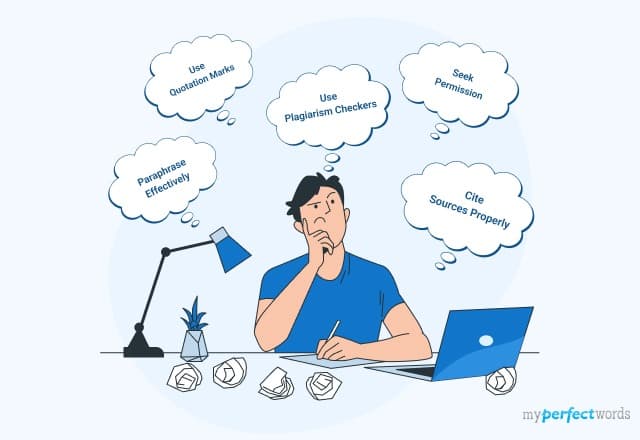
How to Write a Movie Review - Guide & Examples
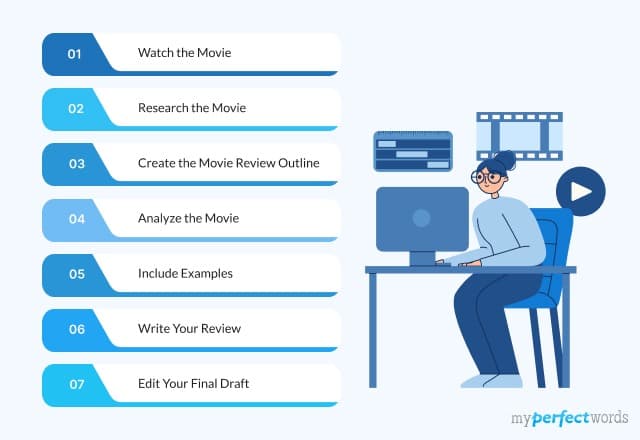
A Complete Guide on How to Write a Summary for Students

Write Opinion Essay Like a Pro: A Detailed Guide
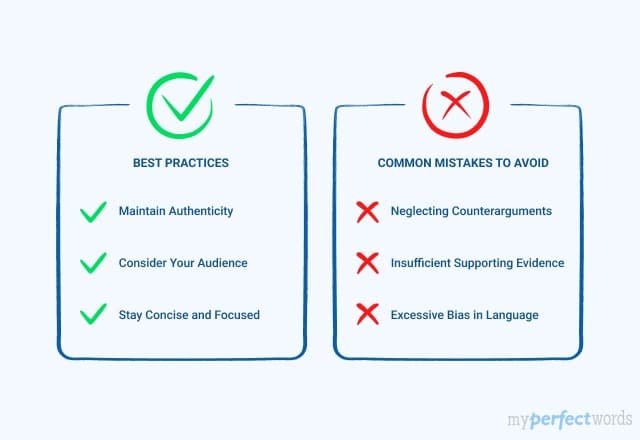
Evaluation Essay - Definition, Examples, and Writing Tips
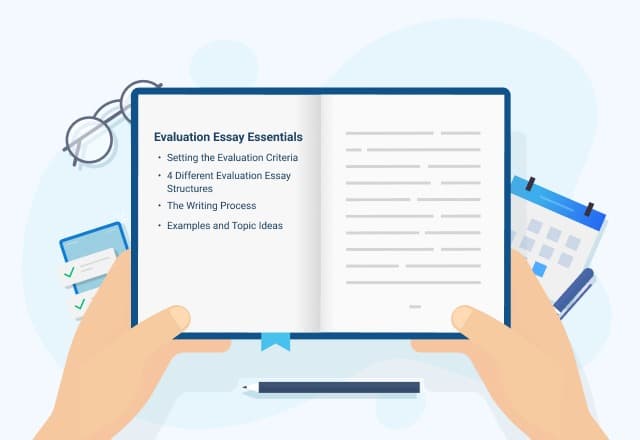
How to Write a Thematic Statement with Examples
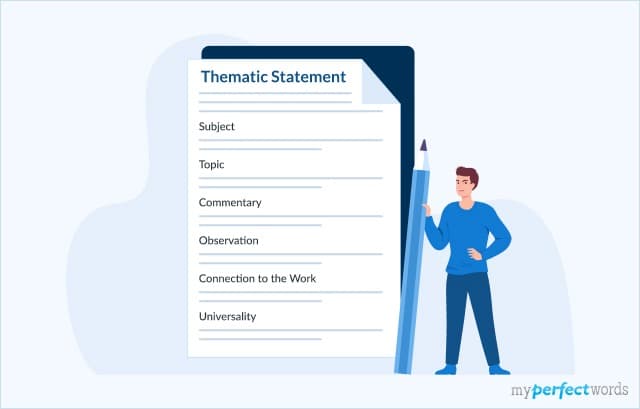
How to Write a Bio - Quick Tips, Structure & Examples
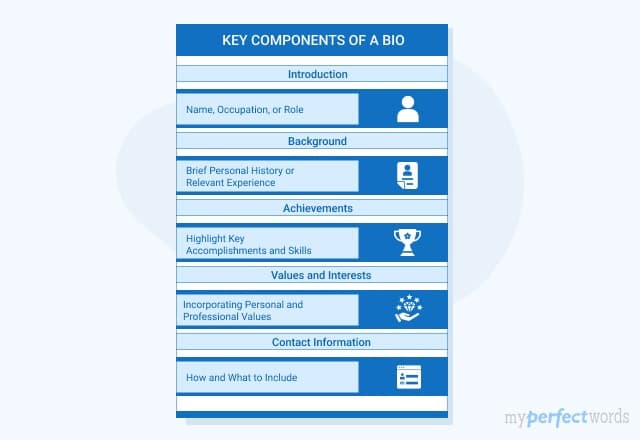
How to Write a Synopsis – A Simple Format & Guide
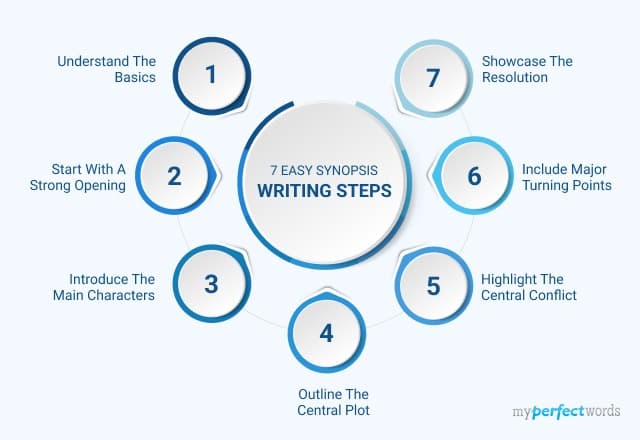
How to Write a Comparative Essay – A Complete Guide
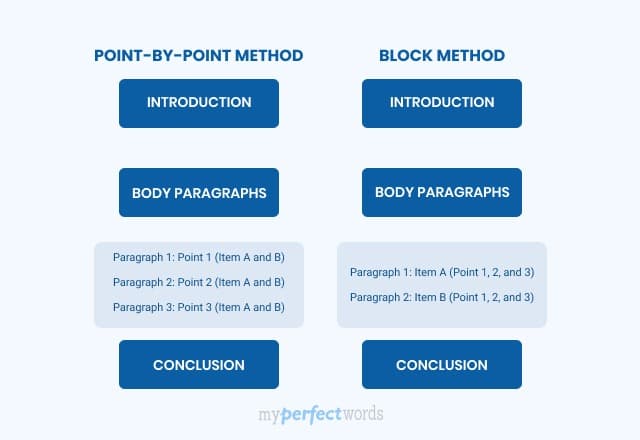
Visual Analysis Essay - A Writing Guide with Format & Sample
-10652.jpg&w=828&q=75)
List of Common Social Issues Around the World
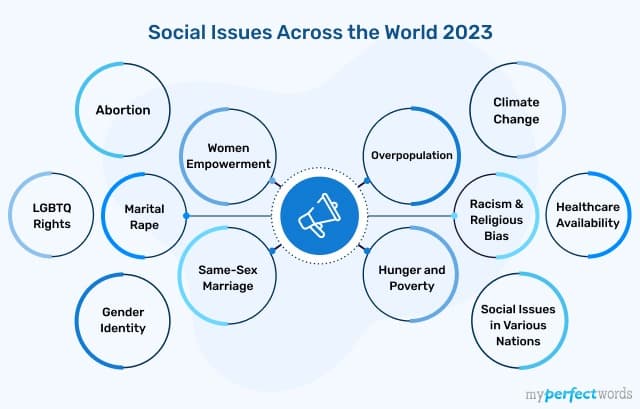
Writing Character Analysis - Outline, Steps, and Examples

11 Common Types of Plagiarism Explained Through Examples
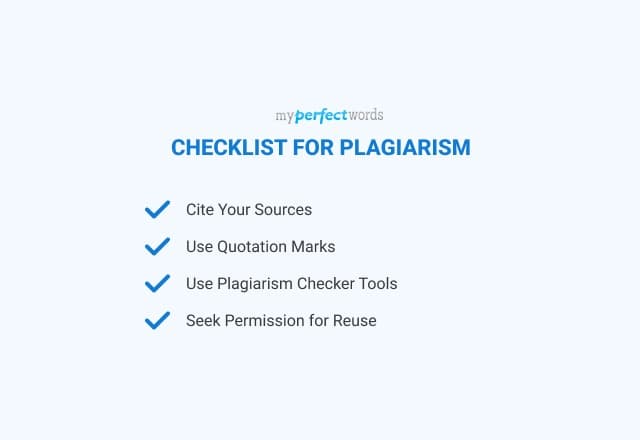
Article Review Writing: A Complete Step-by-Step Guide with Examples
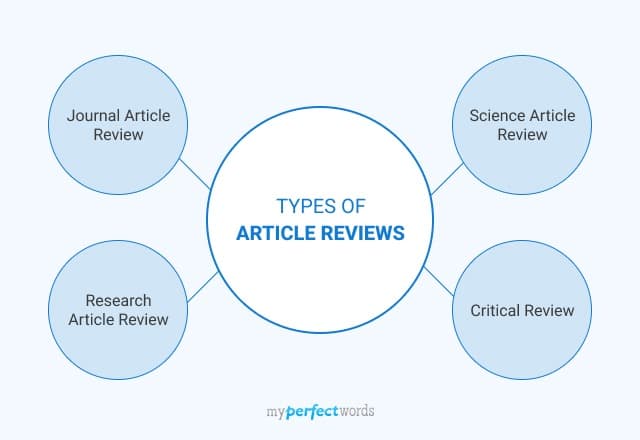
A Detailed Guide on How to Write a Poem Step by Step
